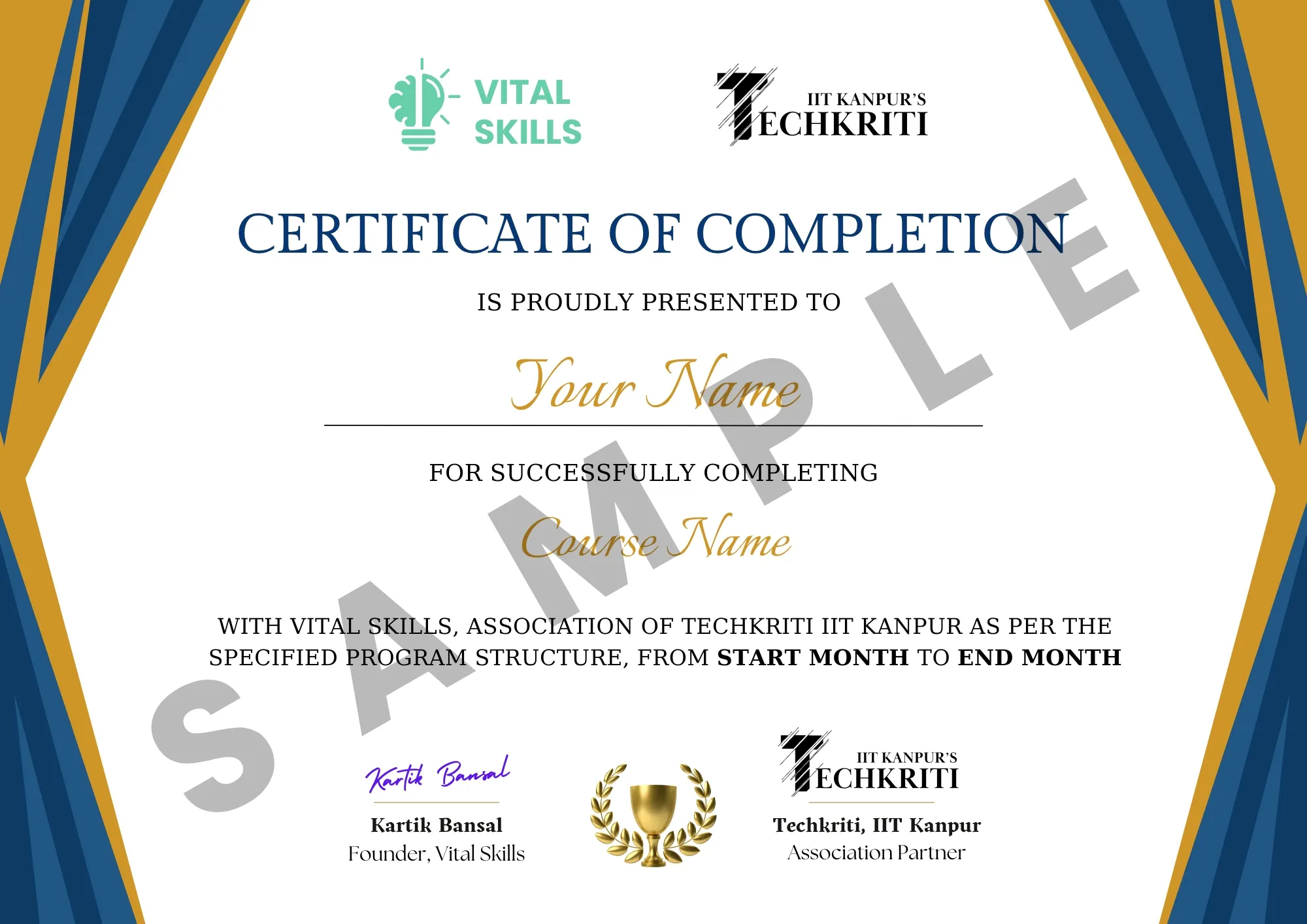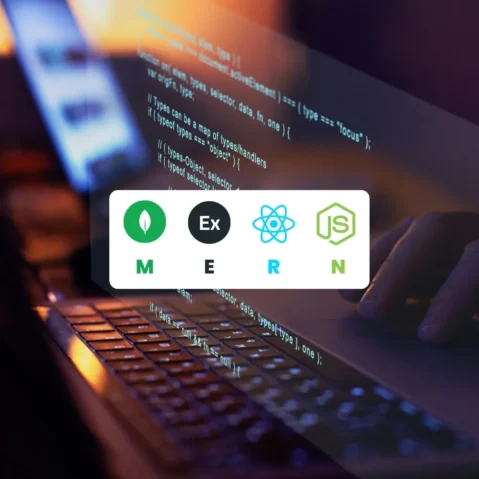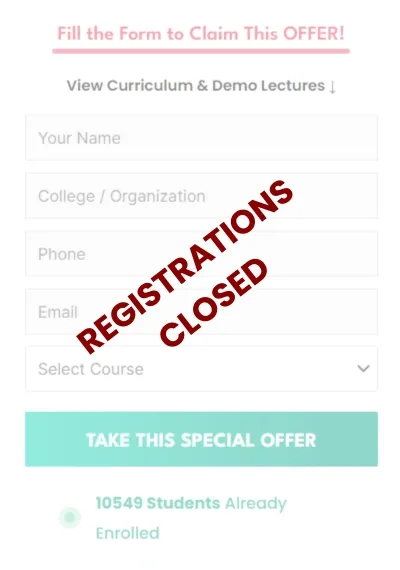UI / UX Designing
Embark on a journey to master the art of User Interface (UI) and User Experience (UX) design with our comprehensive course. Learn how to create visually appealing and intuitive interfaces that enhance user engagement and satisfaction. Dive into the principles of design, usability, and interaction to craft seamless digital experiences across various platforms. Whether you’re a beginner or seasoned designer, our course will equip you with the skills and techniques needed to excel in the dynamic field of UI/UX design.
₹4,999.00 Original price was: ₹4,999.00.₹599.00Current price is: ₹599.00.
About This Course
The UI/UX Design course focuses on building user-centered digital experiences by teaching both the creative and analytical aspects of design. The course covers fundamental concepts of User Interface (UI) and User Experience (UX) design, including wireframing, prototyping, user research, and usability testing. Students learn to create visually appealing, intuitive interfaces and improve the overall user journey through empathy-driven design processes.
With practical projects, students develop skills in popular design tools like Adobe XD, Figma, and Sketch. By the end of the course, participants will have a strong portfolio of designs, preparing them for careers as UI/UX designers, product designers, or interaction designers in industries like tech, e-commerce, and app development.
Course Content
Module 1 - Introduction to UI/UX Design
– Definition of UI and UX
– Importance of UI/UX in product development
– Career opportunities in UI/UX design
Module 2 - Fundamentals of Design
– Principles of design (balance, contrast, alignment, proximity, etc.)
– Color theory and psychology
– Typography basics
– Composition and layout
Module 3 - User Research
– Understanding user needs and behaviors
– Methods of user research (surveys, interviews, personas, etc.)
– User journey mapping
– Usability testing
Module 4 - Wireframing and Prototyping
– Introduction to wireframing tools (Sketch, Adobe XD, Figma, etc.)
– Creating low-fidelity wireframes
– Prototyping tools and techniques
– Interactive prototyping
Module 5 - Visual Design for UI
– Visual hierarchy
– Iconography and symbolism
– Creating UI elements (buttons, forms, navigation bars, etc.)
– Designing for different screen sizes and resolutions
Module 6 - Interaction Design
– Principles of interaction design
– Microinteractions
– Gestalt principles
– Designing for touch and gesture
Module 7 - Accessibility in Design
– Understanding accessibility guidelines (WCAG)
– Designing for users with disabilities
– Assistive technologies
– Inclusive design principles
Module 8 - UI Animation
– Basics of motion design
– Principles of UI animation
– Adding animations to enhance user experience
– Tools for creating UI animations (Principle, Adobe After Effects, etc.)
Module 9 - Responsive Design
– Responsive web design principles
– Fluid grids and flexible images
– Media queries
– Mobile-first design approach
Module 10 - Portfolio Development
– Building a UI/UX design portfolio
– Showcasing projects and case studies
– Presentation skills
Module 11 - Industry Tools and Trends
– Overview of industry-standard tools and software
– Staying updated with current design trends
– Continuous learning resources
Project
Applying learned concepts to a real-world project
Working through the design process from research to prototyping
Earn A Certificate
Why Join This Course?
LatestTechnologies
Get Certified
Practical Demosntration
Project Based Learning
FAQs (Frequently Asked Questions)
Do I need prior experience in programming?
Courses are designed from scratch by professionals. No prior knowledge is needed.
How is the course delivered?
The course is usually delivered through a combination of video lectures and projects.
What are the career prospects after completing the course?
After completing a UI/UX design course, career opportunities include roles such as UI designer, UX designer, product designer, and user researcher. The growing emphasis on user-centered design across industries ensures strong demand for skilled professionals in tech, e-commerce, and app development.
Use Coupon Code VITAL100 on checkout and get instant ₹100/- OFF on your next order!
Total Duration
Total Lessons
Course Validity
Level
Job Opportunities
Target Audience
- Aspiring Designers
- Graphic Designers
- Web Developers
- Product Managers
- Marketers
- Students
- User Researchers
- Tech Enthusiasts
Follow Us On
Related Courses
Related products
-
Add On
Email Formatting – Basic to Advanced (Add-On)
₹800.00Original price was: ₹800.00.₹199.00Current price is: ₹199.00. Add to cart -
Course
CAD Designing & ANSYS Analysis
₹4,999.00Original price was: ₹4,999.00.₹599.00Current price is: ₹599.00. Add to cart -
Course
Ethical Hacking & Network Security
₹4,999.00Original price was: ₹4,999.00.₹599.00Current price is: ₹599.00. Add to cart -
Course
MERN Full Stack Web Developer
₹9,999.00Original price was: ₹9,999.00.₹950.00Current price is: ₹950.00. Add to cart



















